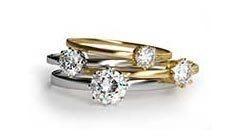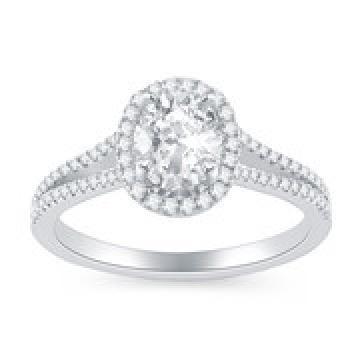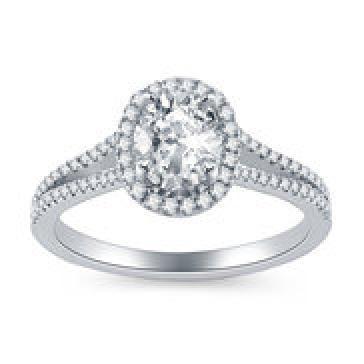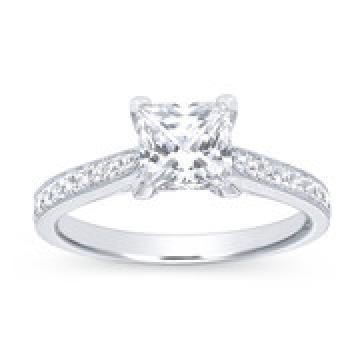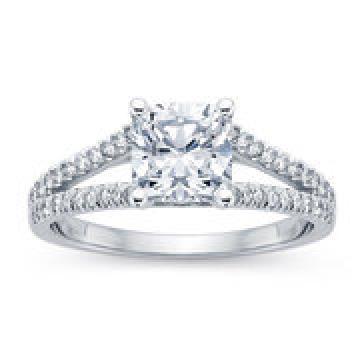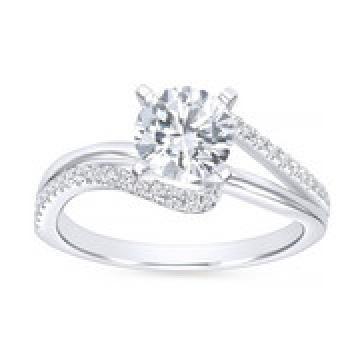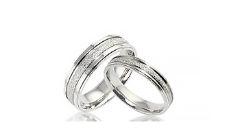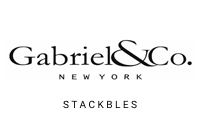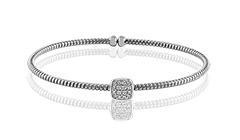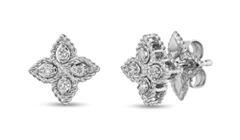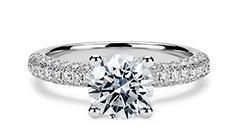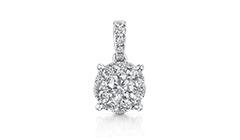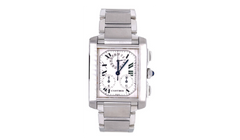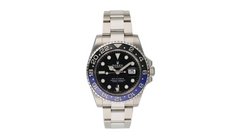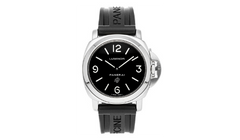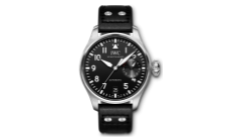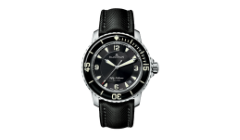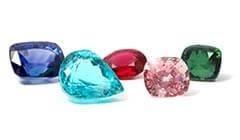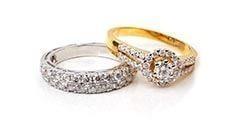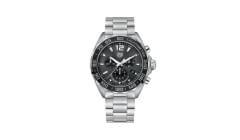Metal Education
A free informational reference guide to types of jewelry metal.
Gold

An enduring element found naturally in a distinct yellow color. Gold has an extraordinary heritage with unique qualities. Gold is resistant to rust, tarnish, and corrosion. Although gold is very strong, it's also the most malleable of all precious metals. Pure gold is too soft for everyday wear, so it is alloyed with a mixture of metals like silver, copper, nickel, and zinc to give it strength and durability.
Gold is a highly sought after precious metal with a history as old as time. Having been used for ornamentation, in jewelry, in sculpture, and as a commodity, or form of money, since the beginning of recorded history. One of the only elemental metals with a natural hue other than gray or white, pure gold has a bright yellow color traditionally considered attractive and been associated with royalty.
The most malleable of all metals, a single gram of this gorgeous, golden nugget can be beaten into a sheet measuring one square meter, or an ounce into 300 square feet! Pure gold (24k) is too soft to withstand the stresses of everyday wear however so it is alloyed with other metals to give it strength and sturdiness. Karatage, noted by a number followed by "k" indicates purity, or how much of the metal in a piece of jewelry is gold. The price of gold jewelry is dependent on the purity of the gold used, or karat weight, in addition to the construction and design of the piece.
Raineri Jewelers presents gold jewelry in fine 18k and 14k pieces. 18k gold is composed of 75% gold and 14k gold is composed of 58% gold, both are recommended for fine jewelry purchases. Jewelry made from these precious metals has a slightly yellow color, therefore to enhance its whiteness for white gold pieces, a shiny, white, extremely hard metal known as rhodium is used. Almost all white gold is plated with rhodium for durability and a desirable appearance for those preferring white gold.
Silver
![GOLD]()
Relatively soft, very malleable. Pure silver, also called fine silver, is commonly combined with other metals to produce a more durable product. The most popular of these alloys is sterling silver, which consists of 92.5 percent silver and 7.5 percent copper. Although any metal can make up the 7.5 percent non-silver portion of sterling, centuries of experimentation have shown copper to be its best companion, improving the metal's hardness and durability without affecting its beautiful color.
Silver has been recognized and used since ancient times and has long been valued as a precious metal used to make jewelry, ornaments, high-value silverware and household utensils (hence the term) and currency. Pure silver is relatively soft and malleable however so it is often combined with other metals to produce a more durable product.
Due to softness of pure silver, it is typically only used in its purest form for handicrafts and jewelry featuring intricate designs that require extreme malleability. Sterling silver is most often used to jewelry and household items because of its combination of beauty and durability.
Sterling silver, composed of 92.5% silver and 7.5% copper, is the most popular alloy used for making fine silver jewelry and precious household items. Most high quality silver items are stamped with a "quality" or "fineness" mark which designates the precious metal content of the item under the federal law and must be accompanied by a maker's mark. Sterling silver is most commonly stamped with a .925 mark to indicate its composition.
Tungsten

Tarnish-resistant with a substantial feel in weight. Tungsten is nearly impossible to scratch or wear down, so even the most delicate details are well-defined and polished after years of wear. Four times harder than titanium, tungsten retains its polish longer than almost any other metal. A practical and beautiful choice for gardeners, or anyone who works actively using their hands.
Cobalt

A bright white metal that is highly scratch resistant. Made from a highly durable alloy, cobalt is four times harder than platinum while at the same time, less dense. Because of its natural hardness, cobalt jewelry is extremely scratch, chip and corrosion-resistant. Its lower density and natural malleability allow for strong, dynamic designs with less weight. Cobalt is also hypoallergenic, making it an ideal choice for those with sensitive skin or an active lifestyle.
Platinum

This metal will last forever, making it the ultimate symbol for true, enduring, and everlasting love. Platinum is durable. Its density makes it the most secure setting for your diamond or precious gemstone. All our platinum rings are crafted with platinum prongs for setting loose diamonds. Because platinum is a naturally white metal, re-plating is unnecessary; it will always hold its beauty.
Platinum, a term used in the present to describe the crème de la crème of anything remotely desirable, is the strongest of jewelry metals and an exceedingly popular choice for engagement ring settings and everything in between. This precious metal's reputation tends to precede it, with associations to exclusivity and wealth. Indeed, its rarity, strength and exceptionally attractive sleek, white appearance make it an exceptional choice for use in engagement jewelry as it accentuates the sparkle and brilliance of a diamond.
The majority of platinum jewelry is 95% pure platinum combined with 5% iridium, palladium or other alloys. For guaranteed quality in platinum, look for the marks 950 Plat or PLAT. While it is the strongest of all jewelry metals, it can scratch and develop a patina of wear. Many people prefer this look, which is unique to beautiful platinum, yet a jeweler can polish platinum jewelry back to its original reflective finish quite easily.
Platinum is not as commonly used in jewelry making as other precious metals yet the frame of the Crown of Queen Elizabeth the Queen Mother, manufactured for her Coronation as the Consort of King George VI at the turn of the 20th century, is made of platinum. It was the first British crown to be made of this particular precious metal.
Palladium

Palladium is a rare precious metal, treasured for its brilliant silver-white surface that can be polished to a high mirror-like shine. Palladium wedding rings are extremely durable and resistant to tarnishing, extreme heat, and exposure to many types of chemicals. The strength of palladium makes it a preferred metal, along with platinum, for use in ring settings.
Palladium is a rare and lustrous, white, silvery metal that makes up a part of the group of elements known as the platinum group metals, which also includes rhodium and platinum. This rare and beautiful metal was discovered in 1803 and named after the asteroid Pallas. Palladium is tarnish resistant and has the lowest melting point of the precious metals included in the platinum group metals.
One of the newer trends in fine jewelry, palladium is hypo-allergenic, lightweight and durable, with a price tag similar to white gold. Palladium is stronger than white gold and resembles platinum in its sleek and shiny appearance.
Titanium

Titanium is a light, strong, lustrous, corrosion-resistant metal with an attractive silvery color. It can withstand the corrosive effects of seawater and chlorine and can be combined with iron, vanadium, molybdenum and other elements to produce strong lightweight alloys. These alloys are used for fascinating purposes such as in aerospace, particularly for jet engines and spacecraft.
This fascinating metal has become quite popular in men's jewelry due to its rugged yet attractive appearance and durability. It is also quite comfortable to wear. Discovered in England in 1791 and named for the Titans of Greek mythology, this attractive metal can be found in a variety of styles and finishes artfully presented by Raineri Jewelers.

